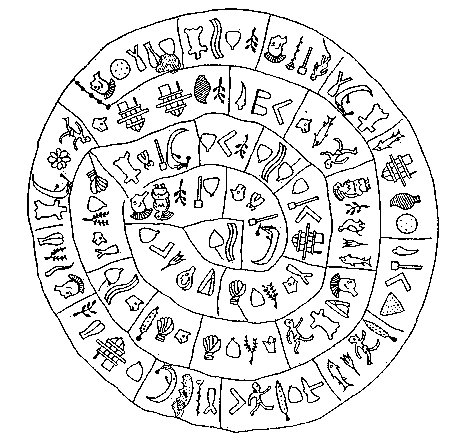|
ADDENDA
7. The natives on Easter Island would certainly have remembered the date when their island was taken over by the Spaniards. They had once upon a time been contacted on Easter Sunday and surely, therefore, the next profound date in the history of the island had also to be significant. At the place of November 20 - according to my reading of the text on the Keiti tablet - there was a King (Ariki) according to Metoro. Possibly he thought of the King of Spain who had changed the name of Easter Island to San Carlos. E. Ê, yes. E ... é disjunct vocative marker. E vovo é! Girl! E te matu'a é! Father! (Vanaga). 1. By. 2. And. 3. Oh! 4. Yes. 5. Verb sign. 6. Negative verb sign; e maaa, inexperienced; ina e, negative sign; ina e rakerakega, innocent; ina e ko mou, incessant; e ko, not, except. 7. Wave. 8. Weak demonstrative, functioning as article. (Churchill)
I cannot remember that I had thought along these lines when once upon a time I was documenting the birthplace of Metoro. Although I surely ought to have noticed that the 3 crosses on top of 'the parasitic cones Parehe, Teatea, and Vai 'a Heva') were located quite close to where he was born:
In time-space there were no trivial (irrelevant) dates. Thus they were on common ground the Spaniards and the inhabitants on Easter Island. And therefore we could now identify the year 1770 as a reflection in the common cosmic implex of self-similarity. It most evidently corresponds to 6 * 29½, i.e. to half a synodic lunar year. To convince the unbelievers I will point at 241, for according to Fischer Metoro had been one among so many 'to work on the Brander plantation'. Which we will be able to put in correspondence with the total number of glyphs on the Phaistos Disc. At top center of the bottom side of the Phaistos Disc we have found the Breast (Schedir which culminated at 21h in November 18) together with its outflow in form of the Milky Way river.
And in the next phase there is ship. Arivers from the outside had to reach Easter Island by boat. 1770 - 1722 = 48.
|
||||||||||||||||||||||||||||||||||||||||||||||||||||||||


.jpg)

